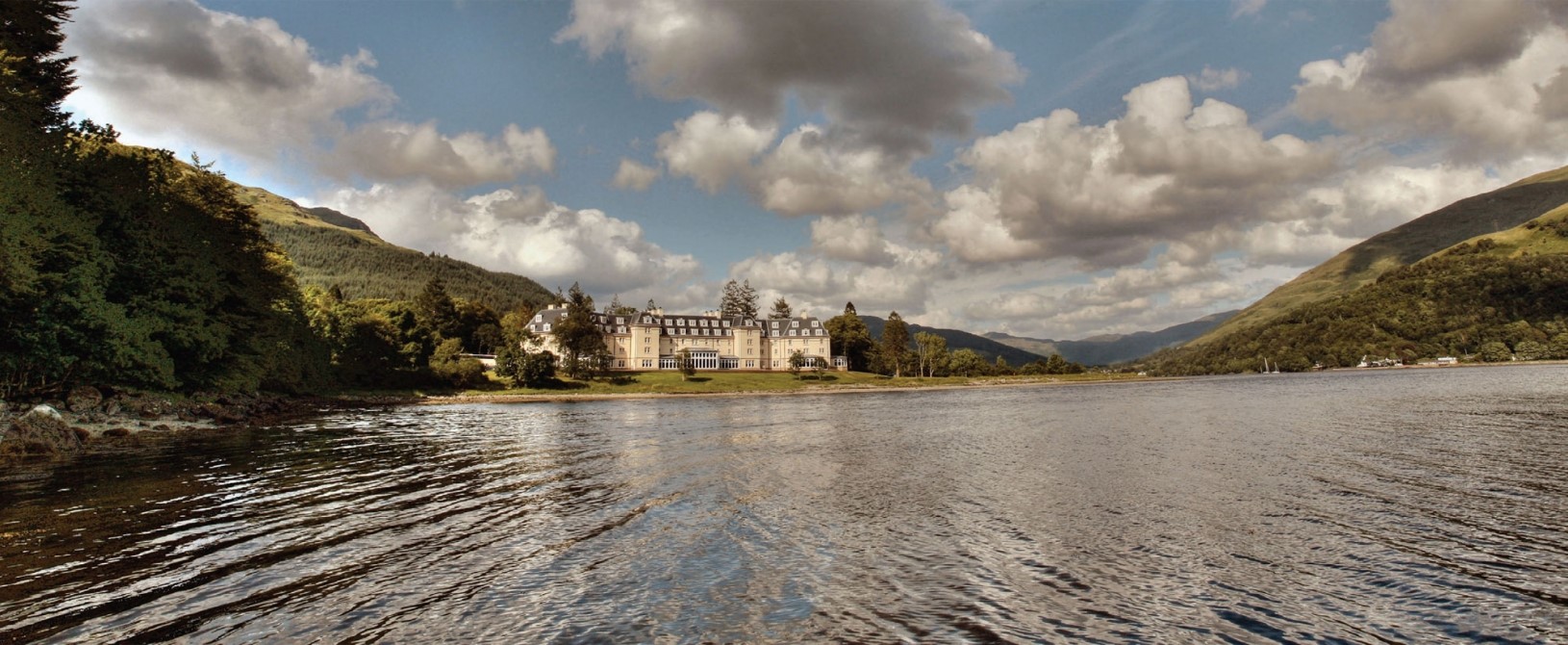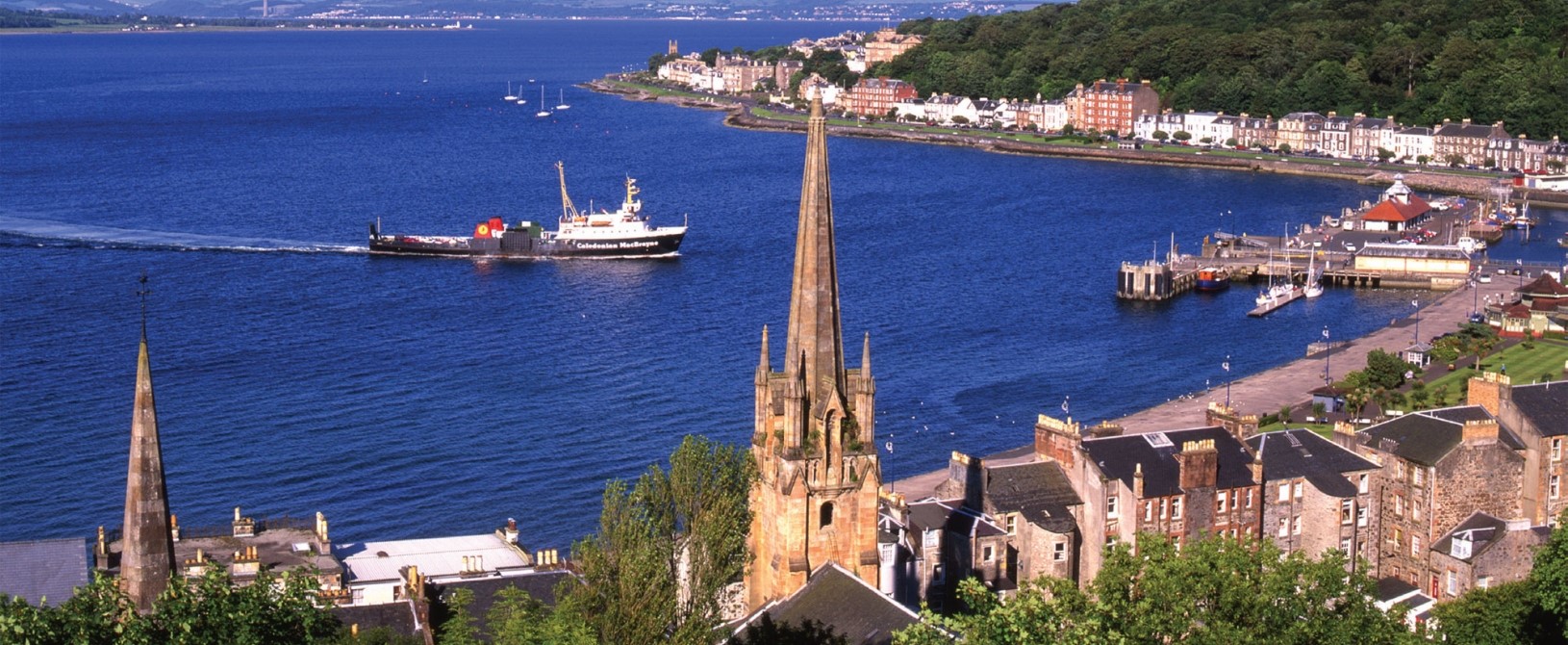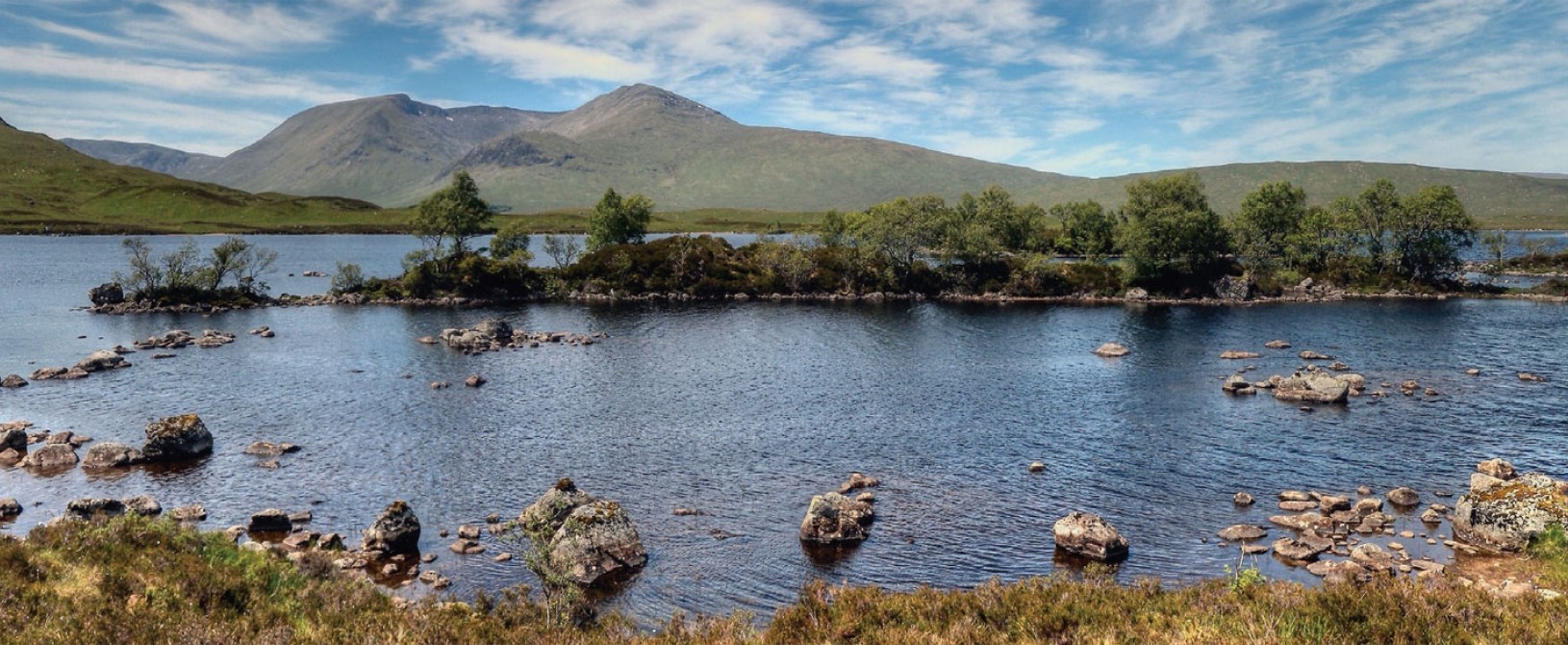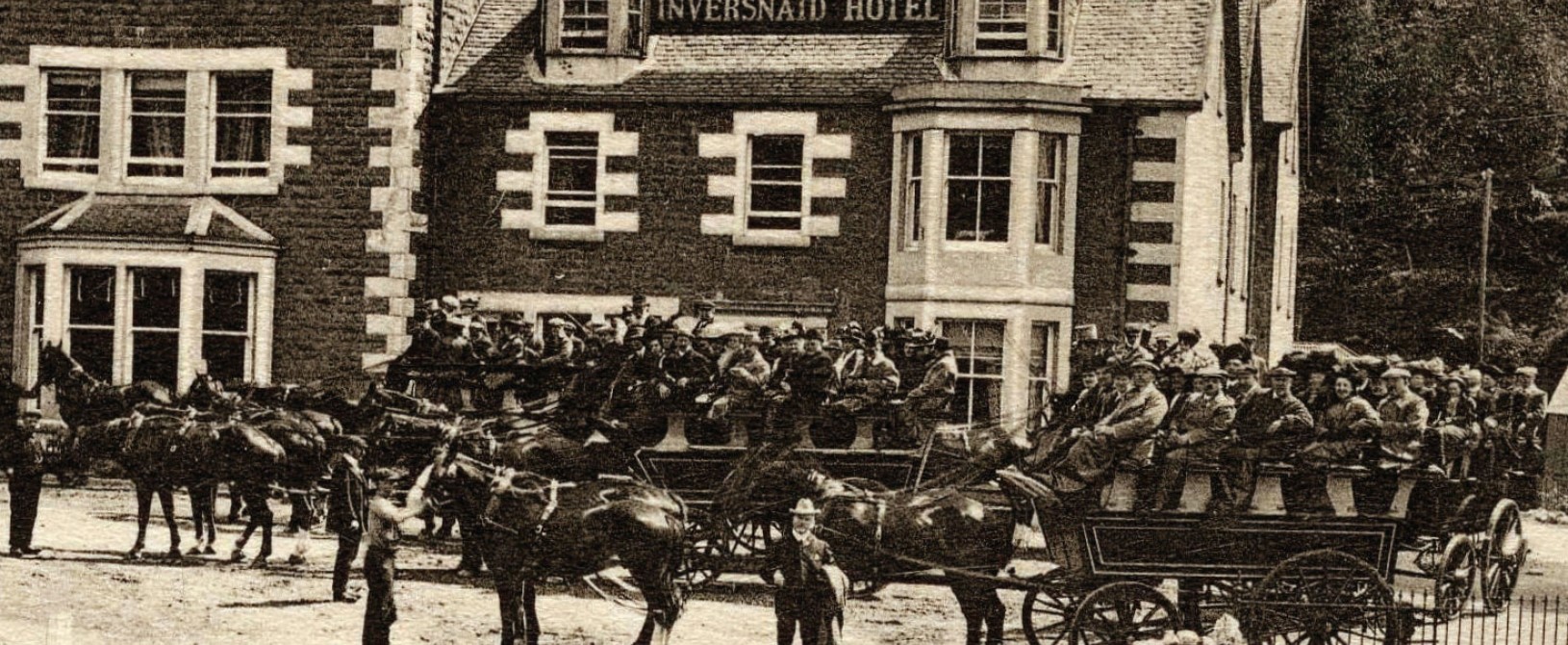Issue 37, Autumn 2012

Well, finally it’s open, a close run thing if ever there was, but it is open. It must be a trait of human nature but, no matter how well organised the plans, on the morning of the opening day in any new project it seems to be inevitable that there will still be an assortment of tradesmen frantically applying the finishing touches.
And so it was at our new Ardgartan Hotel but, by 4pm when the first coaches were due to arrive, the frenetic atmosphere had changed into one of calmness, with only the smiling staff, waiting to greet their first guests, in evidence.
This was the point at which son Neil, who has been a constant presence at the site supervising construction for the past two years, handed over responsibilities to his brother Ian, who will be General Manager of this, our 7th and most substantial hotel. Ian has been successful in recruiting an excellent team of staff, some with knowledge of Company procedures transferred from other Lochs and Glens Hotels but, for the most part, others have been recruited from near and far to take up residence in the nearby purposebuilt staff house. I wish them every success and happiness in their new posts.
As this newsletter goes to press I have been thrilled to learn that our Company has just achieved the distinction of becoming No.1 in the list of the 300 best performing Scottish based medium sized companies as analysed by Scotland’s Business Insider Magazine.
When we sold our family house in 1979 and used the proceeds to purchase our first hotel I know it came as a great shock to my then pre-teenage sons who were expected to become porters, waiters or dishwashers after school and at weekends. There was a great deal of grumbling and a determination to avoid the hotel business in later life, so I was delighted when they subsequently changed their minds and joined our valued management team. And now, many years on, and 12 years since I took retirement, they are continuing to take the Company from strength to strength, so I shall be feeling a considerable sense of pride when Neil collects the award on behalf of the Company later in the year.
Michael Wells, Chairman
The Isle of Bute

One of the most important elements of a Lochs and Glens Holiday is the choice of day excursions, and a considerable amount of research and planning is devoted to their choice and organisation.
On many of the Ardgartan holiday itineraries there will be an excursion to the ancient stronghold of Scottish kings, the Isle of Bute, an attractive island of just 47 square miles situated in the protected waters of the Firth of Clyde.
Bute is of great interest geographically as it is divided in two by the Highland Boundary Fault, the north being hilly and largely uncultivated, but to the south of the fault the land is flatter and, for the most part, farmed.
There is just one town, Rothesay, which in Victorian times, was developed into a popular tourist destination, particularly for Glaswegians who would go ‘doon the water’, the water in question being the Firth of Clyde. Tourists arrived by steamer in their hundreds landing at the wooden pier at the centre of the town. A vast Hydropathic establishment dominated the town, an electric tramway ferried holidaymakers to one of the island largest beaches, but pride of Rothesay was the Winter Gardens building which played host to some of the best music hall entertainers of the day. Sadly all of these attractions fell into disuse in the 1960’s with the advent of the package holiday.
However the town enjoyed a renaissance in the 1990’s as a new wave of tourism discovered the delights of the Scottish scenery. There was considerable investment in the town including the restoration of the Winter Gardens that had lain derelict for 30 years.
There are two Isle of Bute excursions included in the Ardgartan holiday programme. One is a circular tour that crosses to Bute via the Colintraive Ferry then, after a tour of the island, arrives in Rothesay with time to explore the town before boarding the larger Wemyss Bay Ferry for the 35 minute sail back to the mainland.
The other is a shorter tour, but one that includes a visit to the fabulous Mount Stuart, a lavish sandstone palace created by the 3rd Marquis of Bute in 1870. Its most famous features are the impressive marble hall and the awe inspiring white marble chapel. It is a house of firsts’, the first home in the world to have an indoor heated swimming pool and the first house in Scotland to have electric lighting, central heating, telephone system and a Victorian passenger lift. Remarkably, most of which are still in use today.
More details of the programme of Ardgartan Hotel holidays can be found in our current brochure.
Rannoch Moor

Described as one of the last remaining wildernesses in Europe, Rannoch Moor has an awesome beauty that is quite unique. Sometimes called The Great Moor, it is an area of about 50 square miles lying at an average height of 1,000 feet above sea level and, although the floor of the area is composed of granite, it is the substantial layers of peat, up to 20ft deep in places, that has created such a unique environment. It is a habitat that is surprisingly rich in plant and animal life.
Historically, travel across the moor was a notoriously dangerous affair with tracks difficult to follow, particularly in winter, but in 1891 construction of the West Highland Railway line began.
This would connect Glasgow and Fort William and the project proceeded well until it reached the 23 mile section across Rannoch Moor. It was here that difficulties began in earnest. The weather was atrocious, the depths of the bog uncharted and it was impossible to find firm foundations which meant that viaducts had to be built over the worst parts and elsewhere the line was laid onto brushwood and turf. Costs escalated and funds finally ran out. Eventually one of the directors used part of his personal fortune to save the project and the line was finally completed. The first train from Glasgow arrived at Fort William on 7th August, 1894 to much rejoicing.
You too can share this experience on an unforgettable circular tour that is included in many Inversnaid Hotel itineraries. The route not only crosses the moor but passes through the notorious Glen o’ Weeping, Glencoe. As an added bonus this special day will also include a visit to that popular West Coast resort, Oban.
From 4 Horsepower to 400

Since 1820, when the Inversnaid Hotel first opened its doors, most guests who have arrived by road have come by coach. The difference is that instead of the 400 horsepower that powers the Lochs and Glens coach of today, until the 1930s there was just 4 horse power available.
Seeing pictures of the four-in-hands lined up ready to begin the day’s excursion, one realises what a feat of organisation it must have taken to keep the transport system working. Today, a turn of the switch and the coach is ready for action but, in the early part of the 20th century, a sizable proportion of the hotel workforce was needed just to maintain the 60 or so horses that were necessary to cover all eventualities. The larger four-in-hand coaches carried a complement of 26 guests and they must have looked a fine sight with the coachmen dressed in grey top hats and red coats.
Extensive stabling was required together with garages for the coaches, as well as a haystore, smithy and bracken shed. The latter was used to store bracken gathered by the stablemen for the horses’ winter bedding. However, only a proportion of the animals were retained throughout the year, many were brought in just for the season and, when that ended, they were taken to Aberfoyle railway station for onward transport fo use on farms or as contractors workhorses for the winter period. The four-in-hand coach service finally ceased in 1937, by which time the Inversnaid Hotel was one of the last places in Britain to use this form of transport. An auction of horses and coaches was arranged and this was such an important event that the pupils at Inversnaid Primary School were given the day off to watch. George Buchan, from whom we purchased the Inversnaid Hotel in 1984, well remembered the occasion. I recall him telling me that it was a very sad affair, the auction took place in a snowstorm and, as the horses were led away, many of the staff were in tears.